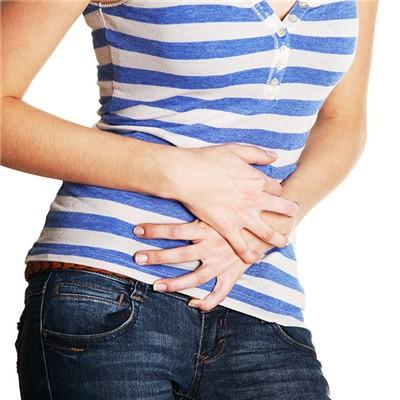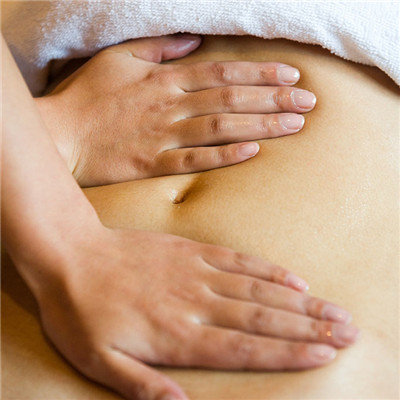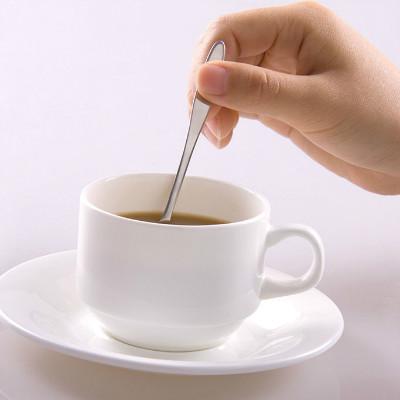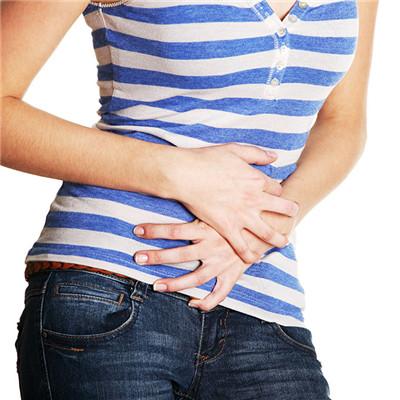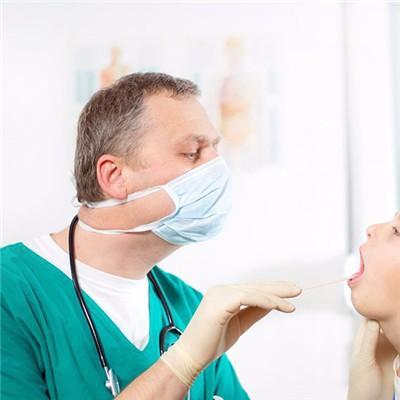What are the causes of mastitis in women
summary
In recent years, the poor quality of life, high pressure of life, leading to the decline of women's body resistance, the risk of being infringed by the virus increased, acute mastitis is one of the most common gynecological diseases in women, the most common in lactating women, especially primipara more common. So, how is mastitis caused? And according to what diagnosis? Let's understand it together.
What are the causes of mastitis in women
1. Most of the pathogenic bacteria are Staphylococcus aureus and a few are Streptococcus. The bacteria enter from the cracked nipple skin or cracked areola, and spread along the lymphatic vessels to the fat and fibrous tissues of the interlobular and glandular lobules of the breast, causing acute suppurative cellulitis of the breast. There are also a few cases of postpartum complications of other parts of the infection, bacteria spread through the blood circulation to the breast, causing the disease.
2. Milk deposition is beneficial to the propagation of invasive bacteria. The causes of milk deposition are as follows: 1. The nipple is too small or invaginated, but it can not be corrected in time before delivery, which makes it difficult for the baby to suck milk, or even unable to breast feed. ② Excessive milk and incomplete emptying. Parturient does not understand the secretion of milk, excess milk can not be timely discharged and retained in the milk. ③ Obstruction of mammary duct makes it difficult to discharge milk, such as inflammation of mammary duct itself, tumor and external compression, which can affect normal lactation.
3. After delivery, the parturient fails to master the correct breast-feeding skills, or the baby sucks abnormally, or excessively uses stimulants such as soap or ethanol desiccant on the nipple, as well as the imbalance of oral motor function of the baby, resulting in chapped nipple, which makes the bacteria invade along the small crack of the nipple, and reach the subcutaneous and interlobar tissues through the lymphatic vessels to form infection. When the nipple is chapped, lactation is painful, and the milk can not be fully sucked out, resulting in milk deposition, which creates breeding conditions for invasive bacteria.
matters needing attention
It has been reported that 50% of the primipara suffered from acute mastitis, and the ratio of primipara to multipara was 2.4 ∶ 1. Lactation can occur at any time, but postpartum 3 to 4 weeks is the most common, so, we must develop a good life like, eating habits, do not leave hidden dangers for their health.
